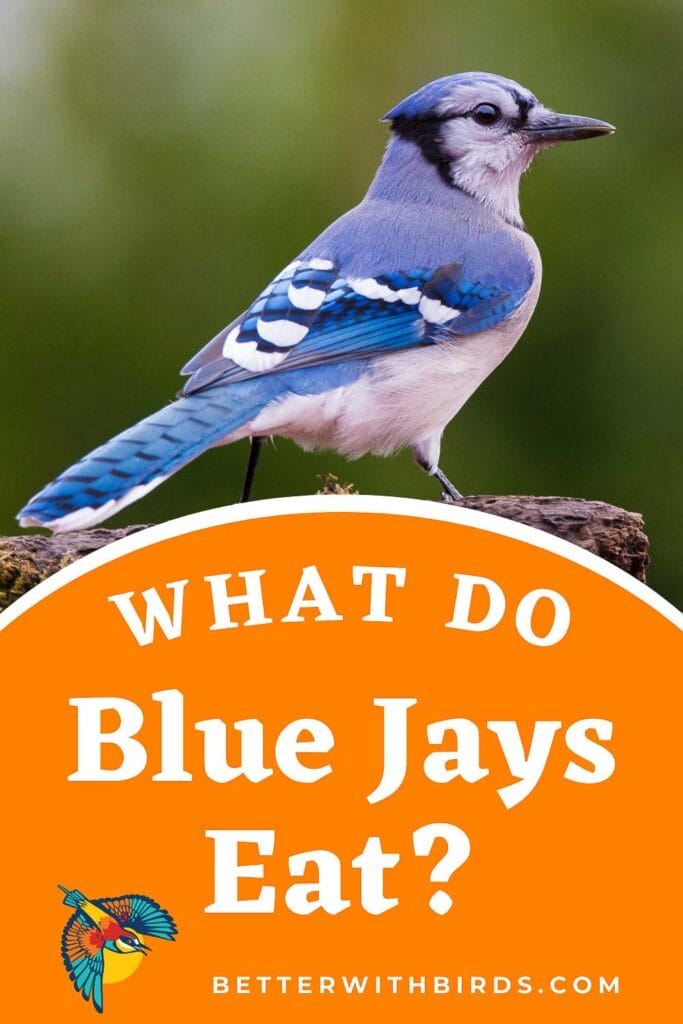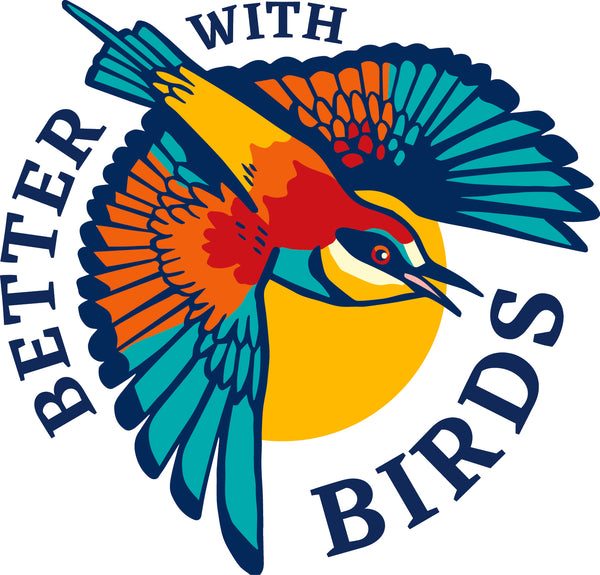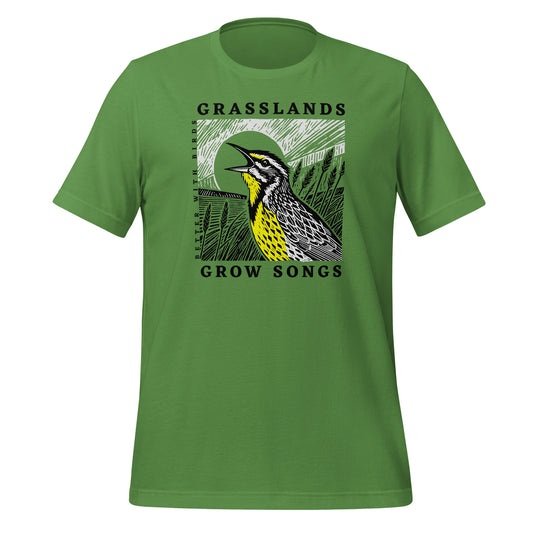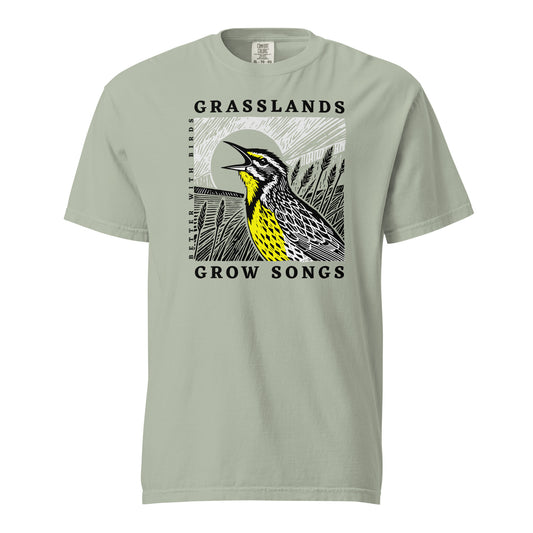What Do Blue Jays Eat and How to Feed Them
Feature photo: Chase D’animulls /Shutterstock
Read Time: 10 minutes
Backyard Birding , Attracting Birds , Feeders & Feed & Houses

This post contains affiliate links. If you use these links to buy something, we may earn a commission at no additional cost to you. We only recommend products we fully support or use ourselves. Our full disclaimer
PIN THIS FOR LATER

You might be asking this question because you want these dapperly dressed birds to visit your yard. Well, we don’t blame you!
Blue jays, Cyanocitta cristata, are all about variety. They munch on nuts, seeds, and insects and occasionally treat themselves to fruits and small prey.
Let’s explore their eclectic menu and foraging habits and learn how you can support these colorful foodies right in your backyard.

Photo: Rogney Piedra Arencibia/Shutterstock
The Varied Menu of Blue Jays
Ever watched a Blue Jay at your backyard feeder and wondered what else is on its dining menu? As omnivores, Blue Jays have a palate as varied as their vocalizations. They thrive on a mix of:
- vegetable matter
- fruits and berries
- nuts and seeds
- insects and other small invertebrates
- the occasional protein boost like small reptiles or amphibians
This makes them pretty adaptable diners in the wild.
Imagine a Blue Jay swooping down to snatch a sunflower seed or carefully selecting the perfect acorn – these are the sights of a bird that knows all the best local food joints, from peanut plants to nut-producing trees and berry bushes.
And while they do enjoy the crunch of an insect or the rare indulgence of bird eggs, these protein sources are just part of their broader, eclectic menu.
Nuts and Seeds: The Staples
Nuts and seeds are the bread and butter of the Blue Jay’s diet.
It’s not just about grabbing a quick snack; these birds are strategic thinkers, often caching food like squirrels for a later feast.
With a knack for finding the perfect hiding spots, Blue Jays bury their treasures beneath leaves or in small ground holes, ensuring they have snacks on standby.
They’re picky eaters, too, often selecting the cream of the crop – the undamaged and viable seeds, especially when it comes to their beloved sunflower seeds.
Insects and Small Prey: Protein Sources
Blue Jays aren’t just seed aficionados; they’re also adept at snagging protein-rich snacks.
From caterpillars to beetles and the occasional grasshopper, these birds have a taste for the creepy crawlies that make many of us squirm.
In fact, blue jays carry food like these insects back to their nests, ensuring a well-balanced meal for their young.
And for the little Blue Jays waiting in the nest? A juicy mealworm makes for a perfect entrée, whether it’s wriggling fresh or served dried.
This diet is crucial, especially when it comes to feeding nestlings that require plenty of protein to grow strong and healthy.
Fruit and Berries: Sweet Treats
Besides seeds and insects, Blue Jays also favor sweet foods like fruits and berries.
Like many of us relishing seasonal fruits, these birds enjoy nature’s candy – cherries, grapes, and a smattering of berries.
While not the mainstay of their diet, these sweet treats offer a delightful change of pace and are particularly significant when they’re readily available.


Photo: RuqayaMai/Shutterstock
Feeding Behaviors of Blue Jays
The diet of Blue Jays is not only interesting in terms of what they eat but also in how they consume it.
These birds are equipped with strong bills that can crack open the hardest of shells, a testament to their determination and skill.
But it’s not all brute force; there’s an art to their feeding methods, whether they’re performing aerial acrobatics in pursuit of insects or using their impressive mimicry skills to ward off competition.
Food Storage Strategies
Beyond being merely casual eaters, Blue Jays are also strategic in saving food for later. Their food storage strategies are meticulously planned, often burying food items like acorns in open, disturbed areas that offer the perfect conditions for caching.
These birds have been observed making multiple trips to feeders, not to indulge all at once, but to gather and hide their finds for leaner times.
It’s an impressive display of their advanced spatial memory, capable of recalling the locations of their hidden stashes miles away.
Predatory Mimicry: The Hawk Impersonators
When it comes to securing food at the feeder, Blue Jays aren’t averse to a little trickery.
In a remarkable display of vocal prowess, the blue jay frequently mimics raptor calls, including how blue jays mimic hawks like the red shouldered hawk, to scare off other birds – a clever strategy to reduce competition for those sunflower seeds or peanuts.
The imitation is so convincing that even the sharpest ears might be fooled by their impersonations.
It’s a testament to their intelligence and adaptability, using fear to clear the field for a peaceful meal.

Blue Jay Dining Etiquette
Despite their audacity at the feeder, Blue Jays also adhere to specific dining etiquette, especially within their social groups.
With complex social systems, Blue Jays can gather in numbers without ruffling feathers, thanks to their ability to communicate effectively during mealtime.
Come autumn, their social interactions become even more pronounced, with increased vocalizations and visibility as they socialize and exploit abundant food sources together.
Communication and Cooperation at Mealtime
At mealtime, Blue Jays engage in a symphony of calls and signals, including blue jay squawks, to maintain harmony among the flock.
Through these vocalizations, blue jays communicate with each other, lowering their crests as a peaceful gesture towards family and flock members, ensuring a conflict-free feast.
These vocalizations also serve to establish dominance, with louder and larger jays often taking charge at feeders.
Dominance at the Feeder
While Blue Jays are often the kings and queens of the bird feeder, their rule isn’t absolute.
They assert themselves among other birds, but certain species like the Red-bellied Woodpecker or even gray squirrels can oust them from their throne.
And within their own ranks, it’s the males that typically dominate, leveraging their size and aggression to maintain control.
Sharing Among Family
Yet, within the family unit, Blue Jays exhibit a gentler side, especially when it comes to young jays.
These birds form tight-knit bonds, often mating for life and showing a remarkable degree of cooperation.
Food sharing is a common practice among family members, highlighting the cooperative and caring nature of these birds.

Photo: Tony Quinn/Shutterstock
Habitat’s Influence on Diet
Similar to how a person’s surroundings can determine their preferred eateries, a Blue Jay’s habitat plays a significant role in shaping its diet.
Whether it’s a well-wooded suburb or a bustling city park, Blue Jays adapt their foraging habits to suit their surroundings, exploiting the food sources available in their immediate environment.
From the trees and shrubs of their natural habitats to the bird feeders of urban settings, these birds showcase a remarkable ability to find a meal wherever they are.
Urban Adaptations
In the concrete jungles of urban and suburban areas, Blue Jays become opportunistic, often turning to human-provided food to supplement their diet.
Bird feeders become a regular pit stop, offering a buffet of seeds, nuts, and suet that are hard to resist.
But it’s not just about what’s provided intentionally; Blue Jays are also known to forage through human refuse or compost, making the most of the urban smorgasbord.
Natural Foraging Grounds
In more natural settings, Blue Jays’ diets are rich in the bounty of the forest. Acorns, beechnuts, and a variety of seeds and berries make up their woodland menu.
The birds play an important role in their ecosystem, aiding in the dispersal of oak trees as they cache acorns across the landscape, sometimes inadvertently planting new growth.
This relationship between bird and habitat is a beautiful example of nature’s interconnectedness.

Photo: Wirestock Creators/Shutterstock
Seasonal Dietary Changes
With changing seasons, the Blue Jay’s diet also undergoes transformation. These adaptable birds shift their eating habits to match the offerings of each season, ensuring they get the nutrition they need throughout the year.
Spring and Summer: Breeding Season Bounty
When the world blossoms in spring and basks in the summer sun, Blue Jays feast on a variety of insects and other protein-rich food to sustain their growing families.
This seasonal bounty is crucial for their nestlings, providing the essential nutrients for them to thrive.
A great way you can help blue jays is to plant native insect-friendly plants in your yard. These attract the insects that blue jays need most during this time of year.
Fall and Winter: Storing Up
As the leaves turn and the air chills, Blue Jays busy themselves with storing up for the winter.
Their preference for acorns sees them playing a role in re-seeding the forest, while their strategic caching helps ensure they have food when it becomes scarce.
It’s a time of preparation and foresight, showcasing the Blue Jay’s ability to adapt and survive through the changing seasons.
So, there you have it—a peek into the culinary world of Blue Jays.
Their menu is as diverse as it is smart, from seeds and nuts to juicy insects and fruits.
These birds are not just survivors but gourmet strategists, blending social dining with meticulous planning.
Blue Jays remind us that adaptability is key, mastering the art of seasonal dining and food storage like pros.
Next time you spot one of these blue beauties, remember to appreciate the seasonal smorgasbord that keeps them thriving.











